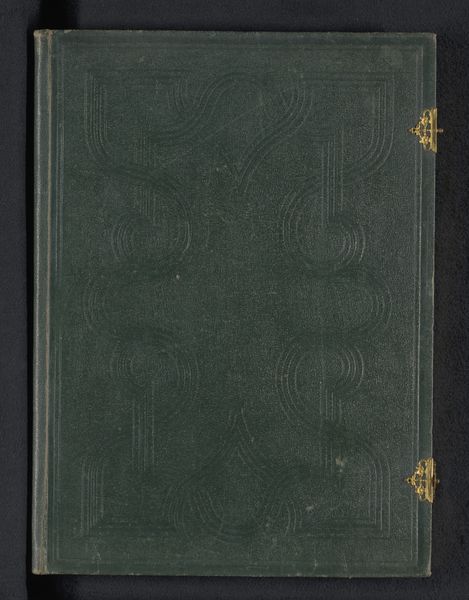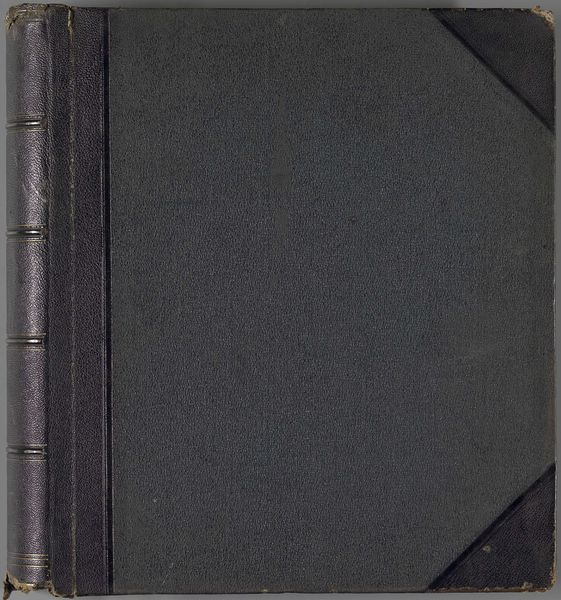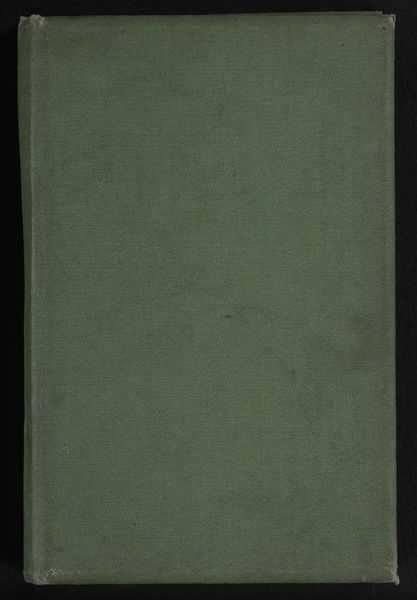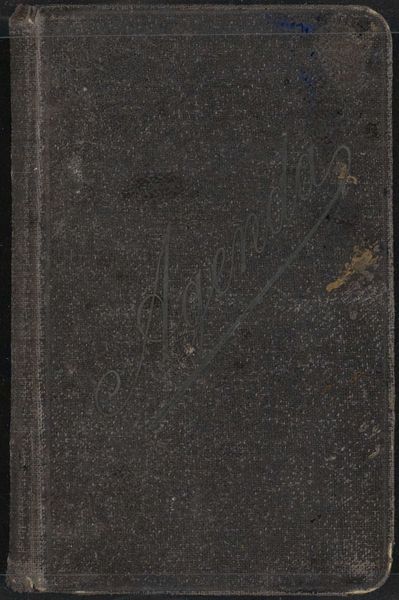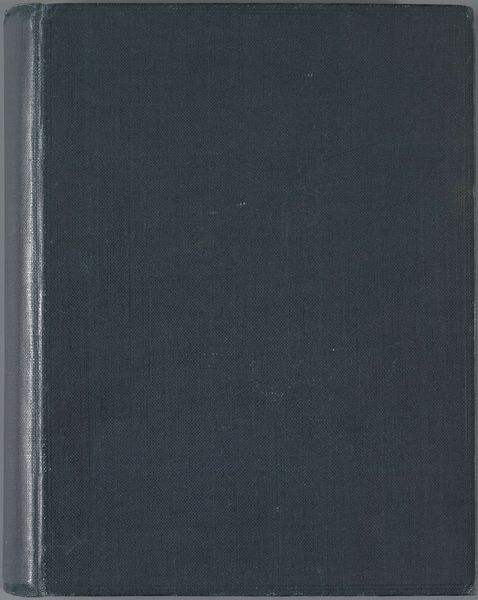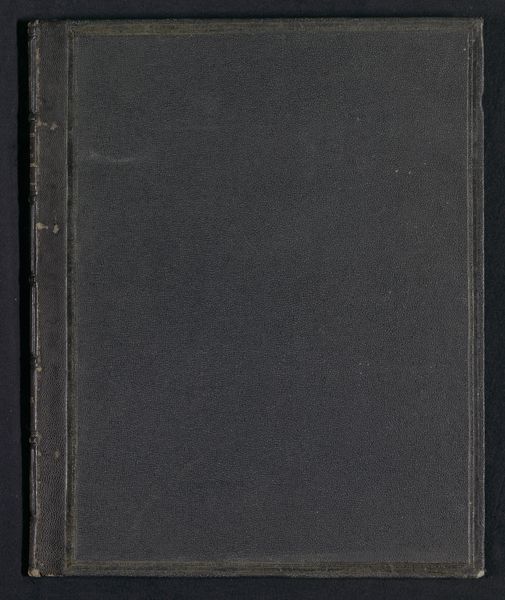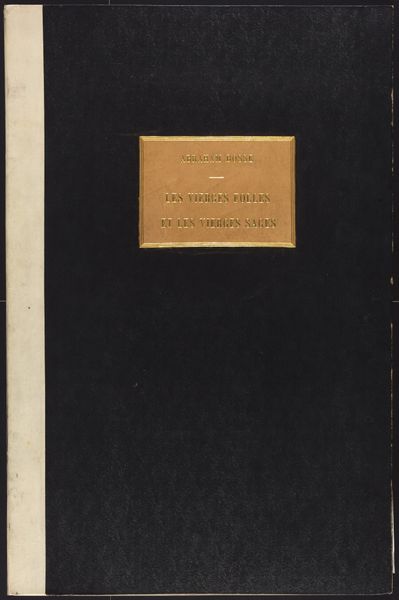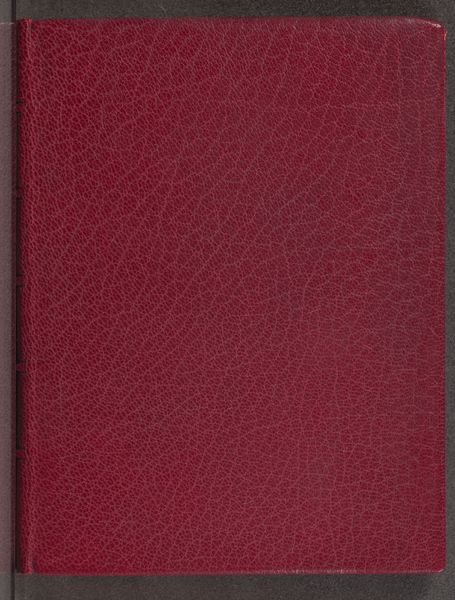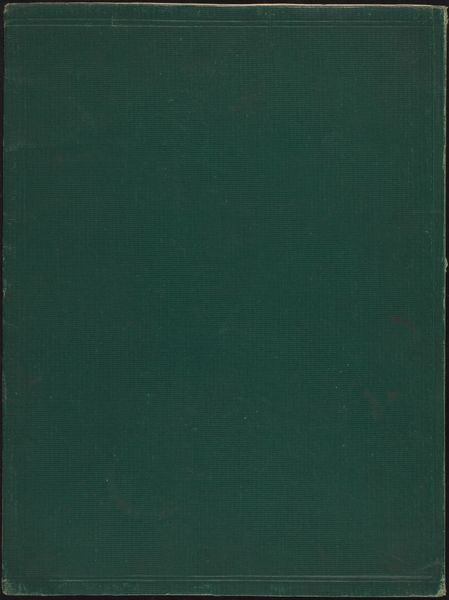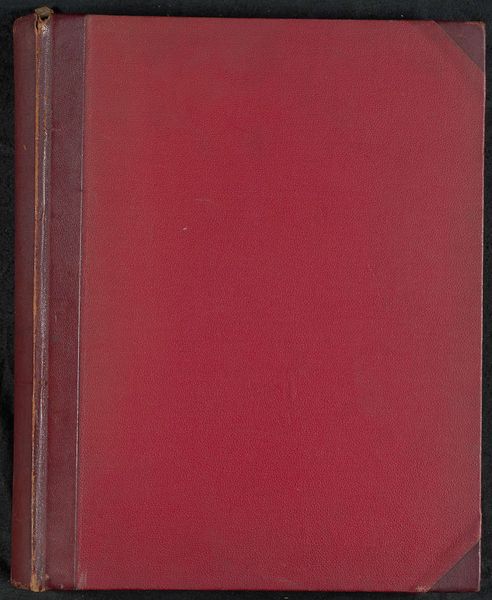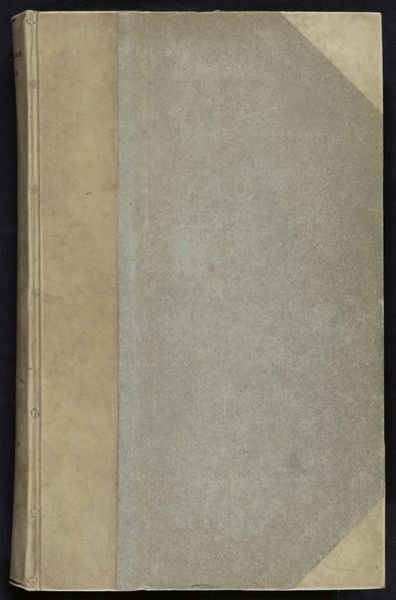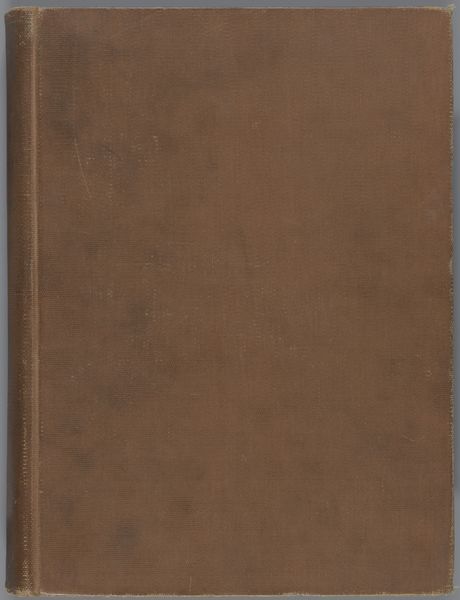
Views of Ancient Monuments in Central America, Chiapas, and Yucatán 1844
0:00
0:00
paper, typography
#
paper
#
personal sketchbook
#
typography
#
coloured pencil
Dimensions: 557 × 380 × 30 mm (book, closed)
Copyright: Public Domain
Curator: Well, it's understated, almost bookish. It reminds me of adventures I used to read when I was a child. Editor: Indeed. This is "Views of Ancient Monuments in Central America, Chiapas, and Yucatán", an 1844 publication featuring drawings and prints by Frederick Catherwood. What you are likely seeing is the cover of the book. The Art Institute of Chicago holds a copy in their collection. It offers a fascinating intersection of art, history, and the burgeoning field of archaeology. Curator: Archaeology...right, so a glimpse of ancient civilizations! That explains why it felt both timeless and vaguely melancholic to me. Does each drawing reflect different monument? Editor: Precisely! Catherwood meticulously documented Maya ruins during his expeditions. His background as an architect lends incredible precision to these renderings. Think of him as one of the great recorder of that area. Curator: And recorder indeed, not an "interpreter" I imagine! Back then, such artistic objectivity feels significant, doesn't it? I'm trying to imagine how revolutionary these images must have been to Europeans who had only read wild tales of those far lands, the Americas. Editor: Absolutely. Before photography became widespread, the dissemination of knowledge relied heavily on artists' interpretations and accurate portrayals of distant worlds, shaping perceptions and sparking imagination, and with them the long reach of imperial visions. Curator: It almost feels like looking into another dimension, right? Knowing that beneath the ink and paper, are the memories and secrets of forgotten civilizations. Editor: These works played a pivotal role in constructing narratives of the "lost" Maya civilization and thus fueled colonial agendas of appropriation and scientific exploration that went hand in hand. It highlights how art is not neutral and has concrete real-world ramifications. Curator: The way that the green cover has been patterned is like marbleized endpapers - an almost luxurious binding around powerful and provocative images from what, at the time, felt like the end of the earth. Editor: These lithographs, born of artistic vision and technical skill, serve as portals. Curator: Agreed, in a complicated historical dance that leaves echoes even today.
Comments
No comments
Be the first to comment and join the conversation on the ultimate creative platform.
